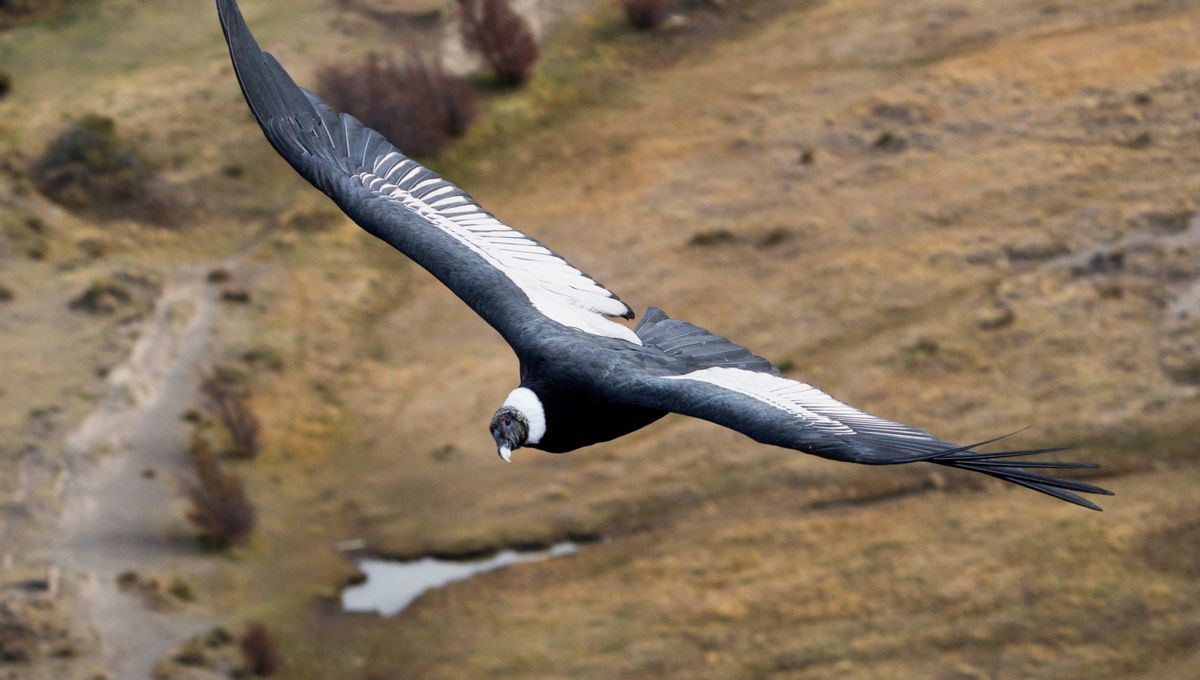
Birds might not be able to get a driving license (boo), but as it happens, some of them have found another way to get about whilst doing minimal exercise: soaring. At one point or another, they do have to flap their wings – but which one can go the longest without doing so?
To find out, we have to head to the Andes, home to the absolute unit that is the Andean condor. And when we say unit, we’re not joking – this thing can weigh up to a whopping 15 kilograms (33 pounds), making it the world’s heaviest soaring bird.
It might seem like something that heavy couldn’t get up in the air in the first place, but Andean condors also have an impressive wingspan of up to 3.2 meters (10.5 feet). Their weight is also part of the reason they soar; flapping a lot would be too energy expensive for such a big bird, so instead they utilize hot air currents to stay in the air.
It feels appropriate, then, that researchers have found the Andean condor spends the least time flapping during flight out of the soaring birds.
A team from Swansea University and the National University of Comahue tracked eight Andean condors over the course of five years, tagging them with a GPS device and a recording unit that could log their wingbeats.
From this data, they found that the condors flapped their wings for only 1 percent of their flight time. That means they only just clinch the title from wandering albatrosses, who can spend up to 14.5 percent all the way down to just 1.2 percent of their flight time slowly flapping their wings, according to one study.
Similarly to albatrosses, much of the time that the condors in the study spent flapping was during takeoffs – more than 75 percent, in fact. The rest of the time, they successfully avoided flapping their wings by making the most of wind and air currents, to the point where one bird even managed to go five hours without flapping, covering 172 kilometers (just under 107 miles) in that time.
That being said, weather didn’t seem to have much of an impact on whether or not the condors flapped their wings. “This suggests that decisions about when and where to land are crucial, as not only do condors need to be able to take off again, but unnecessary landings will add significantly to their overall flight costs,” explained study author Dr Hannah Williams in a statement at the time.
Thankfully for the younger birds, that decision-making ability doesn’t seem to be something that only comes with age – all of the condors in the study were immature. “Our results demonstrate that even inexperienced birds can cover vast distances over land without flapping,” the authors write.
It’s an impressive feat, but it’s not just the big birds that are capable of such record-breaking flight tricks – the title for the longest time a bird can fly without landing, for example, goes to a much smaller feathered friend.
Source Link: What’s The Longest A Bird Can Fly Without Flapping Its Wings?